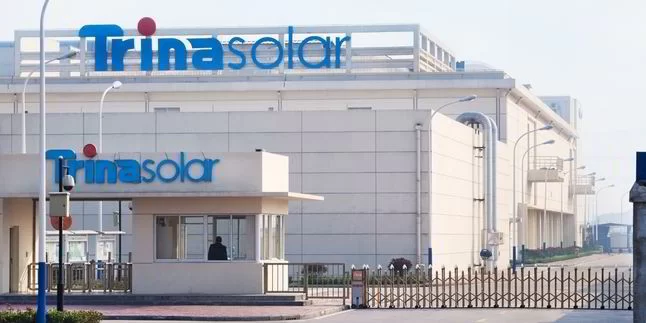Carbon emissions vary from 395kg/kW to 430kg/kW, 30kg/kW to 40kg/kW less than market-leading high-efficiency modules.
The evaluation adheres to ISO 14067 and the Life Cycle Assessment methodology, and calculates the total carbon emissions of the “cradle to gate” product life cycle, which includes energy management, life cycle analysis, material application, and supply chain management.
Accurate and transparent estimates of a product’s carbon emissions will aid end-users in adopting fact-based strategies to minimise and offset these emissions. To ensure the accuracy of carbon emissions values, TÜV Rheinland conducted a number of carbon-emission surveys on the entire PV module supply chain, as opposed to using carbon emissions values from a database, and verified the carbon footprint of Trina Solar’s modules using actual production data during the investigation period.
In addition to receiving a Carbon Emission Certificate, the 210 Vertex family of modules from Trina Solar has obtained an industry-leading low carbon emissions evaluation via ISO’s Life Cycle Assessment. Trina Solar is fully devoted to the low-carbon idea and implements it in all aspects of product design, manufacturing, and usage. With products that adhere to the LCOE concept and have low carbon emissions, Trina Solar is becoming a key partner for net-zero solutions in sectors throughout the world, particularly those with high energy consumption and carbon emissions.
Helena Li, senior vice president of Trina Solar, stated, “Carbon neutrality imposes new requirements on the low carbon growth of the PV sector. As a global leader in module production, Trina Solar places a premium on reducing carbon emissions and producing high-performance products. We want to provide green energy and solar goods to clients throughout the world and to significantly minimise carbon emissions throughout the life cycle of solar power plants, therefore caring for the environment.”





